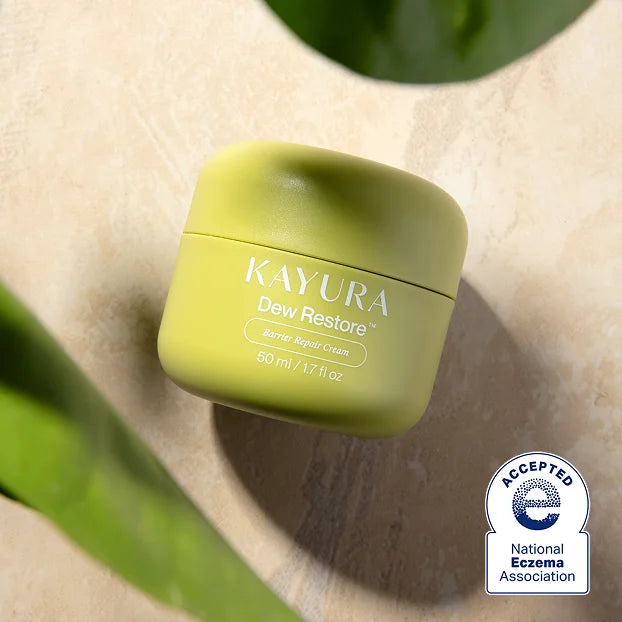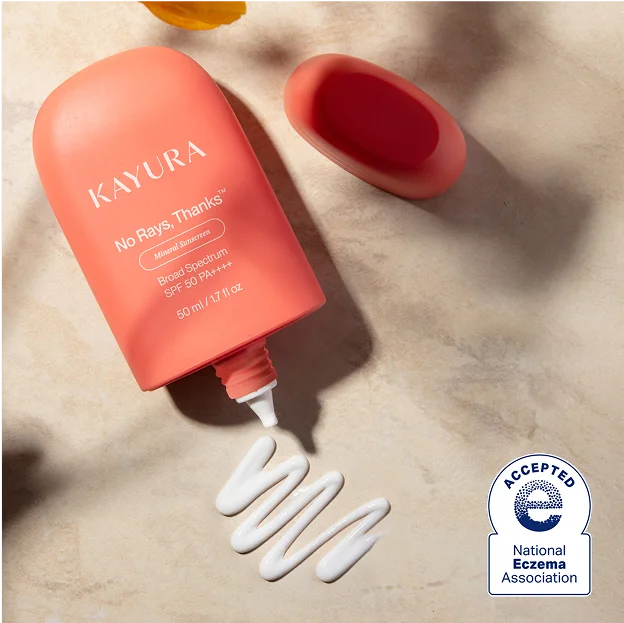Why Hair Loss Feels So Personal
If you’ve ever pulled your hair into a ponytail and thought, “Wasn’t it thicker last year?”, you’re not alone. Maybe you’ve noticed more strands collecting in the shower drain, or the bathroom floor needs sweeping more often. For some, it’s a widening part that shows up in selfies under harsh lighting. For others, it’s spotting more forehead than before when pulling hair back tightly.
It can shift confidence, changing how you style your hair, whether you say yes to plans, or how you feel when you catch your reflection. And then comes the quiet uncertainty: Is this normal shedding, or is something wrong?
Here’s the truth: every strand follows a biological cycle of growth, rest, and shedding. Understanding it makes hair loss less confusing and more manageable.
The Basics: What Counts as ‘Normal’
Most people don’t realize that losing hair every day is not automatically a red flag. Trichologists agree that shedding is part of the scalp’s natural turnover.
On average, shedding 50–100 strands a day is normal for a healthy scalp. That number can look dramatic in the shower drain, but those hairs were already at the end of their cycle. Wash days often exaggerate this because strands that were ready to fall come out all at once.
But “normal” isn’t just about counting strands. It’s about patterns and proportions:
- Consistency matters. Heavy shedding every single day points to a disrupted cycle.
- Volume matters. If your ponytail feels thinner or hats fit looser, shedding is outpacing growth.
- Pattern matters. Diffuse hair thinning, widening parts, or patchy shedding often signal deeper imbalances.
In short, shedding is balanced; hair loss is imbalanced. Shedding clears space for new growth. Hair loss begins when the replacements are weaker, fewer, or missing altogether


Normal vs. Excessive Shedding
It’s not about seeing strands fall. It’s when more follicles than usual leave the growth phase and linger too long in resting or shedding mode.
Here’s where it gets interesting: “normal” isn’t always 100 strands. Some trichologists argue that even 150 daily can be fine if hair regrowth is strong. On the flip side, losing just 30–40 strands can still be hair loss if they aren’t being replaced by healthy new hairs.
This flips the way we think about hair fall. The real question isn’t how many hairs you’re losing, it’s what’s happening underneath. And that’s where the story of the hair growth cycle begins.

The Hair Growth Cycle: A Story in Four Phases
If shedding is normal, then where does it come from? The answer lies in the rhythm your hair naturally follows: the hair growth cycle. Think of it like the seasons for your hair. Trichologists usually describe the cycle in four stages:
1. Anagen: The Growth Season
During the anagen phase, the follicle is actively producing hair. On a healthy scalp, the vast majority of hairs, around 85–90%, are in anagen at any moment.
The length of this season determines how long your hair can grow: for some people, anagen lasts a couple of years, for others, it can last five or more. That’s why one person can grow waist-length hair and another can only go shoulder-length.
What’s happening at the micro level: the dermal papilla (a tiny cluster of specialized cells at the base of the follicle) is feeding signals and nutrients to the matrix cells, telling them to divide, mature, and harden into the hair shaft.
Why this matters for thicker hair: longer anagen = more time to build a long, thick shaft. Anything that shortens anagen means hair has less time to reach full thickness. This is one of the causes of hair loss.
2. Catagen: The Transition Season
Catagen is short-lived, usually just 2–3 weeks. The follicle decides to shut down growth. The lower part of the follicle shrinks, the root detaches from its blood supply, and the hair strand becomes a club hair, meaning it’s fully formed, but no longer receiving nutrients or growing longer. Only about 1–2% of hairs are in catagen at a given time.
What’s happening at the micro level: Nothing dramatic happens on the surface. The hair doesn’t fall out yet; it just “sits there,” no longer anchored deeply, waiting for the next stage.
Why this matters: if too many hairs enter catagen early, your scalp has fewer growing hairs at any given time. That’s why, over time, your hair can feel less dense or your ponytail less full because more hairs are “paused” instead of actively growing. This contributes to hair thinning.
3. Telogen: The Resting Season
Telogen lasts much longer, about 2–4 months. Around 10–15% of your hair is in this quiet phase at any moment. The hair isn’t growing, but it’s also not gone; it just sits in place while a new one gets ready beneath the surface.
What’s happening at the micro level: the follicle is dormant, but a fresh anagen hair is already starting to form underneath the old strand. This is a crucial phase for hair regrowth.
Why this matters: shedding linked to telogen doesn’t show up right away. For example, if you had a fever or a stressful life event, the fallout usually appears a couple of months later. That delay explains why people often connect hair loss to the wrong cause. They notice shedding now, but don’t realize it began with a disruption months earlier.
4. Exogen: The Shedding Season
Exogen is when the old strand finally lets go. You see it on your pillow, in the shower, or caught in your brush. Normally, this release is gradual and balanced. Old hairs leave, new hairs grow in.
What’s happening at the micro level: the follicle actively pushes out the club hair while stabilizing the new one.
Why this matters: exogen is natural. Hair sheds. But when you’re seeing more hair than usual, it means the balance between loss and regrowth is off. The visible hair thinning isn’t about a single strand falling out; it’s about too many follicles being out of sync with the hair growth cycle.


The bigger picture: every follicle is moving through these four seasons on its own timetable. Most of the time, this mosaic keeps your hair looking steady. But when too many follicles shift phases at once, that’s when hair suddenly feels thinner. This is a key sign of hair loss.
The cycle isn’t something you can stop or skip, but you can influence how well your follicles move through it. Giving them the right support at the right time helps them stay stronger for longer, so more hairs remain in growth and fewer slip into shedding too soon.
Golden Legacy: Restoring Balance to The Hair Cycle
That understanding shaped how we approached our formulation. Instead of layering on harsh actives or quick-fix thickeners, we focused on what the scalp and follicle actually need to sustain healthier hair regrowth over time: nourishment, protection, and balance.
This is why we created Golden Legacy Traditional Hair & Scalp Oil. After 16 iterations and trials, our phytoscientist, guided by our founder’s vision, crafted a blend that directly addresses the challenges we’ve been discussing:


Strengthening at the root
Powerful herbs like Bhringraj, Amla, Jatamansi, and Hibiscus strengthen hair follicles at their base. Stronger follicles shed less, keeping the hair growth cycle steady and balanced.
Reducing shedding
By stimulating dormant roots and nourishing active ones, Golden Legacy helps more follicles remain in the anagen (growth) phase. This means hair spends more time thickening and less time falling out prematurely. This is the best oil for hair fall.
Protecting the scalp micro-environment
Ingredients like Neem, Brahmi, and Liquorice bring natural antioxidant and antimicrobial support. Together, they help calm irritation, reduce oxidative stress, and maintain the balance that follicles need to thrive.


Nourishing and repairing every strand
Through a slow, careful infusion in cold-pressed castor oil and a blend of nourishing base oils like sesame, coconut, and almond, nutrients are drawn out in their purest form over a full lunar cycle. The result: deeper conditioning, stronger strands, and long-term resilience.
Every choice, from the 21 botanicals to the 30-day infusion, was made to reduce hair loss and restore balance to the cycle.
And today, we’re proud to launch it. Golden Legacy is a timeless ritual, reimagined for modern hair care.

FAQs












